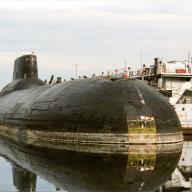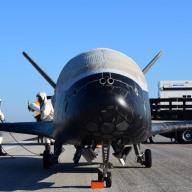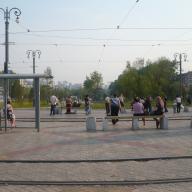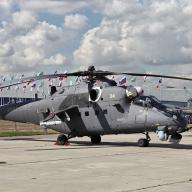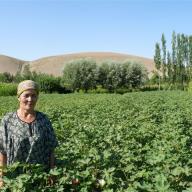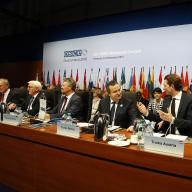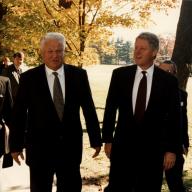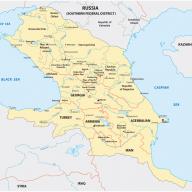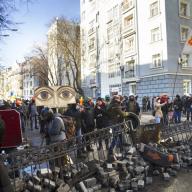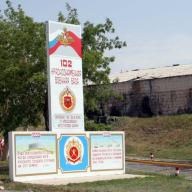The announcement that Russia had completed the destruction of its chemical weapons stockpile was rightly applauded as a milestone in multilateral arms control. However, it was also a reminder of the significant part that international non-proliferation and disarmament assistance played in facilitating the implementation of the 1993 Chemical Weapons Convention (CWC).
Related commentary: Russia and Eurasia
Russia as a strategic challenge for the European Union
The current pattern of Russian behaviour has been labelled inconsistent with the norms, values and laws that make up the European security order—to the point where EU leaders stress that relations with Russia cannot be ‘business as usual’.
Returning to a basic level of trust in relations between Russia and the West
While the threat of nuclear war during the cold war era was all too real, in one sense the world is worse off now: even the notion of rebuilding trust on the basis of international commitments is seen as idealistic and unrealistic.
Lessons from the post-cold war transformation of East Central Europe’s arms industry
Arms production was the backbone of the Soviet-type command economy systems in East Central Europe (ECE), but with the collapse of the Eastern bloc, arms makers faced a drastic disruption in their economic, political and social environment.
3 Mar. 2014: Preventing a new division of Europe
The crisis in Ukraine poses the most serious challenge to European security since the end of the cold war, and highlights the urgent need to refashion European security so that it is capable of managing the new environment that has developed in the region. The Organisation for Security and Cooperation in Europe (OSCE) is the only actor capable of bringing the current crisis to an end and of building long-term peace and stability in Ukraine and the wider region.
6 Feb. 2014: Sochi Olympics will leave a questionable legacy for Caucasus conflicts
The 22nd Olympic Winter Games in Sochi have already attracted a deluge of international press coverage. The January attacks in Volgograd and reports of possible 'black widow' suicide bombers have brought the issue of terrorism and the security of the Games into focus. The Russian security authorities have established an unprecedented security and surveillance operation, with over 40 000 police and armed forces personnel involved in securing the Games. While every step is being taken to isolate participants from violence, the Games themselves have already become part of the region’s conflicts, writes SIPRI’s Neil Melvin.
Taking stock of international security
Perceptions of threats to security are both individual and shared. Currently, many share concerns about recent developments in Iran and North Korea, while many also see in the new approach of the United States a glimpse of hope. SIPRI—with its mandate to ‘contribute to an understanding of the conditions for peaceful solution of international conflicts’—aims through its annual SIPRI Yearbook to provide a basis on which threats can be assessed and to deliver the most relevant facts for the debate.

